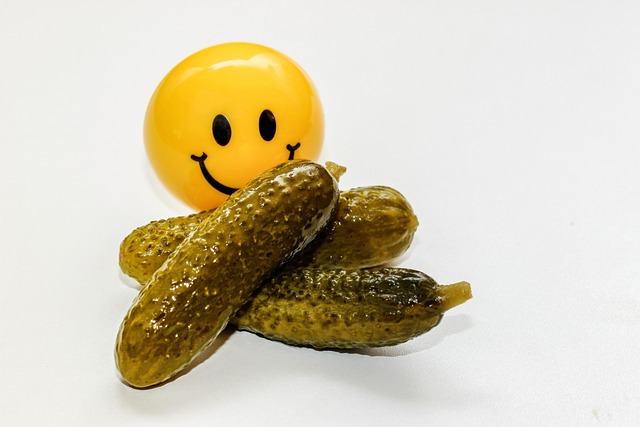Introduction: Osteoarthritis and Glycosaminoglycans
Osteoarthritis (OA) is a degenerative joint disease affecting millions worldwide. Characterized by cartilage degradation, inflammation, and pain, its progression is complex and multifactorial. Glycosaminoglycans (GAGs), essential components of cartilage, play a crucial role in maintaining its structural integrity and function. This article explores the role of altered GAG synthesis in OA progression, highlighting current research and potential therapeutic targets.
The Structure and Function of Glycosaminoglycans
GAGs are long, unbranched polysaccharides composed of repeating disaccharide units. The major GAGs in cartilage are chondroitin sulfate (CS), keratan sulfate (KS), and hyaluronan (HA). These molecules provide cartilage with its compressive resilience and regulate cellular activities within the joint. Their negative charge attracts water, contributing to the tissue's ability to withstand mechanical stress. HA, in particular, contributes to joint lubrication.
# Simplified representation of a GAG disaccharide unit
GAGDisaccharide[GlcUA_, GalNAc_] := {GlcUA, GalNAc};
# Example: Chondroitin Sulfate (CS) disaccharide
CSDisaccharide = GAGDisaccharide["Glucuronic Acid", "N-Acetylgalactosamine"];
Print[CSDisaccharide];Altered GAG Synthesis in Osteoarthritis

In OA, the synthesis and degradation of GAGs are disrupted. Studies have shown a decrease in the size and sulfation of CS chains, along with an overall reduction in GAG content in the cartilage matrix. This imbalance leads to a weakened cartilage structure, making it more susceptible to damage. Furthermore, altered GAG synthesis can impact cellular signaling and inflammatory responses within the joint. Changes in hyaluronan molecular weight are also implicated in OA pathogenesis. Lower molecular weight HA fragments, for example, can promote inflammation.
Mechanisms of GAG Synthesis Dysregulation

Several factors contribute to the dysregulation of GAG synthesis in OA. These include increased activity of enzymes that degrade GAGs (e.g., hyaluronidases, chondroitinases), decreased expression of enzymes involved in GAG synthesis (e.g., glycosyltransferases), and inflammatory cytokines (e.g., IL-1β, TNF-α) that inhibit GAG production. Oxidative stress also plays a role, as reactive oxygen species can damage GAG molecules and impair their synthesis.
# Simplified illustration of enzyme activity impacting GAG levels
def calculate_gag_level(synthesis_rate, degradation_rate):
gag_level = synthesis_rate - degradation_rate
return gag_level
synthesis = 0.8
degradation = 0.3
gag_normal = calculate_gag_level(synthesis, degradation)
synthesis_oa = 0.3 # Reduced synthesis in Osteoarthritis
degradation_oa = 0.8 # increased degradation in Osteoarthritis
gag_oa = calculate_gag_level(synthesis_oa, degradation_oa)
print(f"Normal GAG level: {gag_normal}")
print(f"GAG level in OA: {gag_oa}")Therapeutic Strategies Targeting GAG Synthesis
Given the importance of GAGs in OA, targeting their synthesis and degradation presents a promising therapeutic avenue. Potential strategies include: 1) GAG supplementation (e.g., chondroitin sulfate, glucosamine), although its efficacy remains debated; 2) Inhibition of GAG-degrading enzymes; 3) Stimulation of GAG synthesis through growth factors or other pharmacological agents; 4) Gene therapy approaches to enhance the expression of GAG-synthesizing enzymes; and 5) HA injections to restore lubrication.
- Chondroitin sulfate and glucosamine supplements
- Hyaluronic acid injections
- Enzyme inhibitors targeting GAG degradation
Further Research and Resources
Continued research is needed to fully elucidate the complex mechanisms governing GAG synthesis and degradation in OA. Investigating the specific roles of different GAG types and their interactions with other cartilage components is essential. Moreover, developing more effective and targeted therapies will require a deeper understanding of the molecular pathways involved.